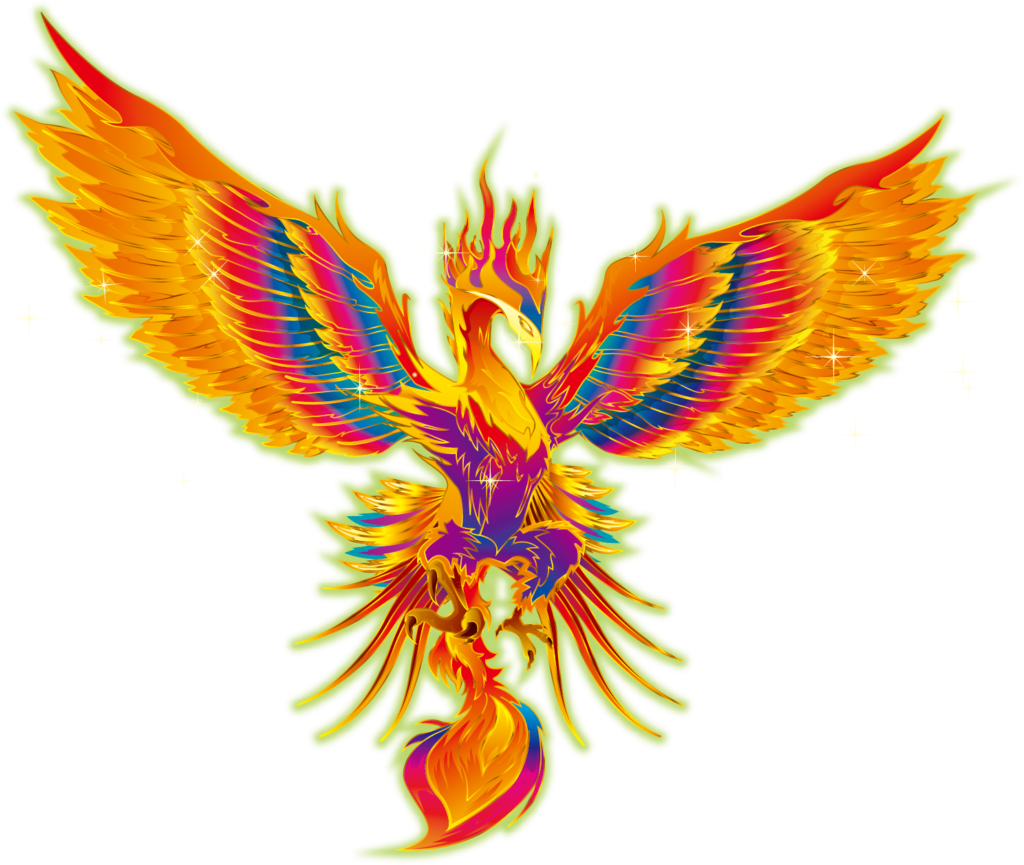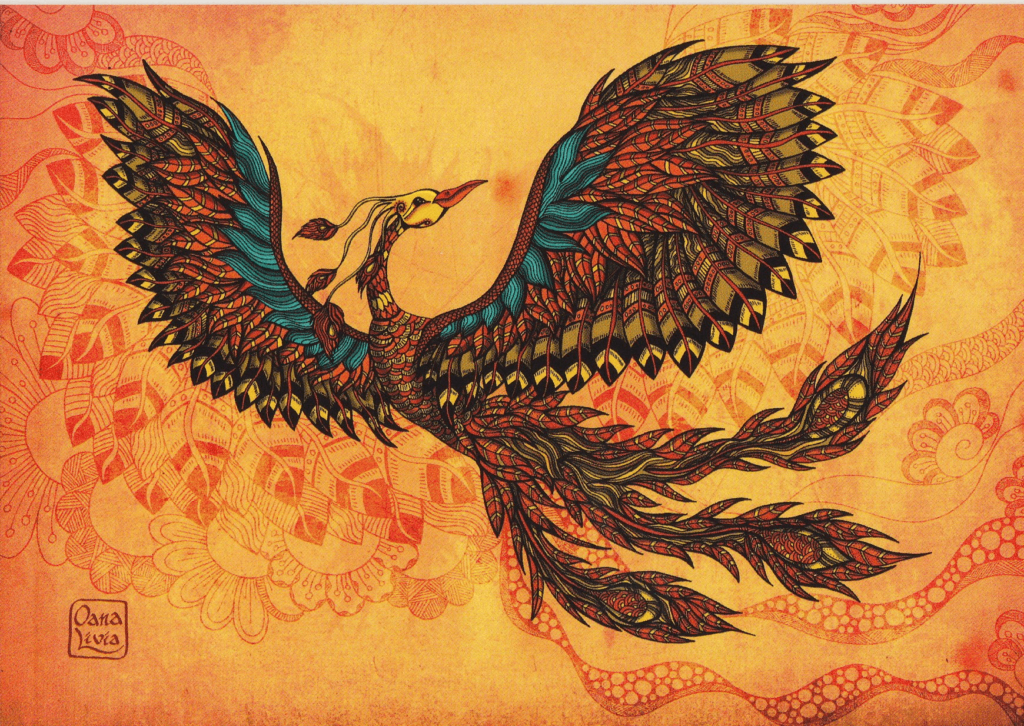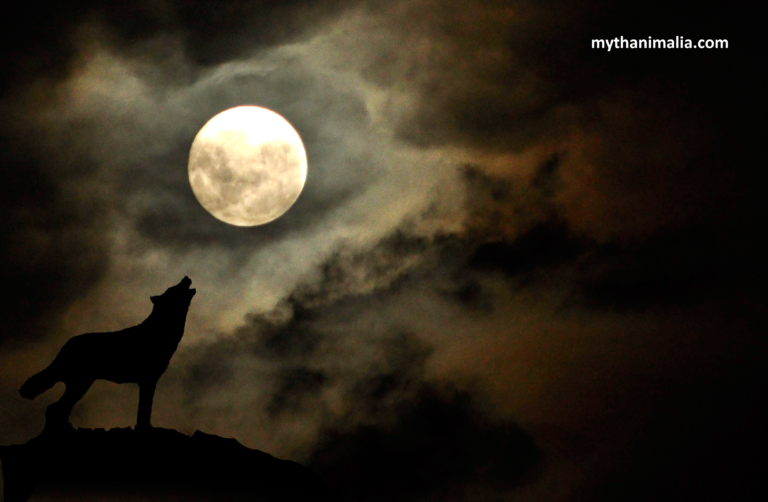The Legendary Phoenix Bird
The Legendary Phoenix Bird, a mythical bird of great significance, has captivated the imagination of people across cultures and centuries. This legendary bird is known for its fiery rebirth, symbolizing renewal and hope. After a super long life, the phoenix creates a fiery nest and burns itself up. But wait From the ashes a new phoenix chick emerges, ready to start the whole cycle over again.

Mythological Origins
The tale of the Phoenix finds its roots in ancient civilizations, including Egyptian, Greek, and Chinese mythology. Each culture imbued the bird with unique characteristics and narratives. In Egypt, it was associated with the sun god Ra, symbolizing resurrection and immortality. Greek mythology depicted the Phoenix as a creature of fire, cyclically reborn from its ashes. Similarly, Chinese mythology revered the Fenghuang, representing harmony and balance.
- Ancient Cultures and Legends.
- Symbolism and Interpretations.
Ancient Cultures and Legends.
The fiery phoenix isn’t just a single legend, it’s a symbol of rebirth that stretches across multiple ancient cultures, each with its twist on the fiery bird.
- Egypt
- Greece and Rome
- China
Egypt “The Legendary Phoenix Bird”
The phoenix’s story might have roots in Ancient Egypt. In ancient belief, people associated the Bennu bird with the sun god Ra. They described Bennu as a heron-like bird that rose from the ancient flood each morning, symbolizing the sun’s daily rebirth.
Greece and Rome “The Legendary Phoenix Bird”
The classic phoenix we know most about comes from Greek and Roman mythology. The phoenix is described as a beautiful eagle-like bird with vibrant red and gold plumage. Living for centuries, it would build a fiery nest of spices and then ignite it, perishing in the flames. A new phoenix chick would rise from the ashes, carrying on the cycle. This phoenix represented renewal, immortality, and the cyclical nature of life and death.
China “The Legendary Phoenix Bird”
The Chinese phoenix, known as Fenghuang, is a much more positive symbol than its fiery counterpart. This bird is a majestic creature with five different colored feathers, representing the five elements (metal, wood, water, fire, and earth). The phoenix symbolizes harmony, prosperity, and good fortune, and people often pair it with the dragon to represent the empress and emperor.

Symbolism and Interpretations
The phoenix, rising anew from its ashes, has captured imaginations for millennia across various cultures.
- Core Symbolism
- Cultural Interpretations
- Modern Interpretations
Core Symbolism
- Rebirth and Renewal: This is the most prominent theme. The phoenix illustrates the ability to overcome destruction and be reborn, stronger than before. It signifies hope and new beginnings after times of hardship.
- Immortality: The cyclical nature of the phoenix’s life and death represents a kind of defiance of mortality. It suggests a concept of eternal existence, even if the form changes.
- Transformation: The phoenix doesn’t simply come back the same. The flames are a symbol of transformation, a burning away of the old to make way for the new and improved.
Cultural Interpretations
- Sun and Fire: In some cultures, like Egypt, the phoenix is linked to the sun, representing its daily renewal and the life-giving power of fire.
- Emperors and Rulers: In China, the phoenix is associated with the empress and embodies ideals of virtue, prosperity, and harmony.
- Resurrection: The phoenix has resonated with religious beliefs about overcoming death and finding new life.
Modern Interpretations
The phoenix continues to be a powerful symbol in our times. It can represent.
- Overcoming adversity: The ability to bounce back from challenges and personal struggles.
- Personal growth: The idea of continual transformation and self-improvement.
- Strength and resilience: The inner power to rise above difficult situations.
The beauty of the phoenix symbol is its versatility. Depending on your situation, it can represent hope for overcoming illness, the strength to rebuild after a loss, or the courage to pursue a new dream.
Physical Characteristics
The Phoenix is described as a magnificent bird with vibrant plumage, often adorned in shades of gold, crimson, and purple. Its size varies in different accounts, but its regal presence and majestic wingspan are consistent. Legends speak of its ability to regenerate from its own ashes, a symbol of eternal renewal and immortality.
The Phoenix in Literature and Pop Culture
Throughout history, the Phoenix has made appearances in literature, art, and popular culture. From ancient texts to modern novels, its symbolism of rebirth and transformation resonates deeply. Notable references include Ovid’s “Metamorphoses,” J.K. Rowling’s “Harry Potter” series, and T.S. Eliot’s “The Waste Land.”
The Symbolism of Rebirth and Renewal
Central to the Phoenix mythos is the theme of rebirth. Its cyclic death and resurrection symbolize the endless cycle of life, death, and renewal. Across cultures, the Phoenix represents hope, resilience, and the triumph of the spirit over adversity.
Cultural Significance Across the World
The Phoenix holds diverse meanings in different cultures. In Eastern traditions, it symbolizes harmony, prosperity, and the union of opposites. In Western mythology, it embodies themes of regeneration, transformation, and the triumph of good over evil.
The Phoenix in Art and Architecture
Artists and architects have long been inspired by the Phoenix, incorporating its imagery into paintings, sculptures, and buildings. From ancient temples to modern skyscrapers, its symbolism endures as a testament to human creativity and ingenuity.
Real-Life Inspirations
While the Phoenix is purely mythical, real-life birds share some of its characteristics. Species like the flamingo and peacock, with their vibrant plumage and graceful movements, evoke the spirit of the legendary bird. Conservation efforts aimed at protecting these species reflect our innate desire to preserve beauty and biodiversity.
The Phoenix in Contemporary Society
In contemporary society, the Phoenix continues to exert its influence, appearing in corporate logos, branding, and advertising campaigns. Its association with qualities like resilience, innovation, and longevity makes it a powerful symbol for businesses and organizations.
The Phoenix as a Personal Symbol
On a personal level, many individuals identify with the Phoenix as a symbol of personal transformation and growth. Whether overcoming adversity, pursuing self-improvement, or embracing change, the Phoenix reminds us of our innate capacity for renewal and reinvention.
Debunking Myths and Misconceptions
While the Phoenix is steeped in mythology, separating fact from fiction is essential. Debunking common myths and misconceptions surrounding the bird allows for a deeper understanding of its symbolic significance and cultural context.
Ethical Considerations and Cultural Sensitivity
As with any cultural symbol, it’s crucial to approach the Phoenix with respect and sensitivity. Understanding its cultural significance and context helps prevent misappropriation and promotes cross-cultural understanding and appreciation.
Phoenix Festivals and Celebrations
Around the world, various festivals and celebrations pay homage to the Phoenix. These events serve as opportunities for communities to come together, celebrate renewal, and honor the enduring legacy of this mythical creature.
Conclusion
The Phoenix, with its timeless symbolism of rebirth and renewal, continues to captivate and inspire people around the globe. Across cultures and centuries, its mythic presence reminds us of the enduring power of the human spirit to rise from the ashes and soar to new heights.
FAQs About The Legendary Phoenix Bird
Q1- Is the Phoenix a real bird?
A1- No, the Phoenix is purely mythical and symbolic.
Q2- What does the Phoenix symbolize?
A2- The Phoenix symbolizes rebirth, renewal, and immortality.
Q3- Are there different versions of the Phoenix myth?
A3- Yes, various cultures have their interpretations of the Phoenix myth, each with unique characteristics and narratives.
Q4- Why is the Phoenix associated with fire?
A4- Fire symbolizes transformation and purification, reflecting the Phoenix’s ability to rise anew from its ashes.
Q5- How has the Phoenix influenced popular culture?
A5- The Phoenix has appeared in literature, art, film, and music, symbolizing hope, resilience, and transformation.






